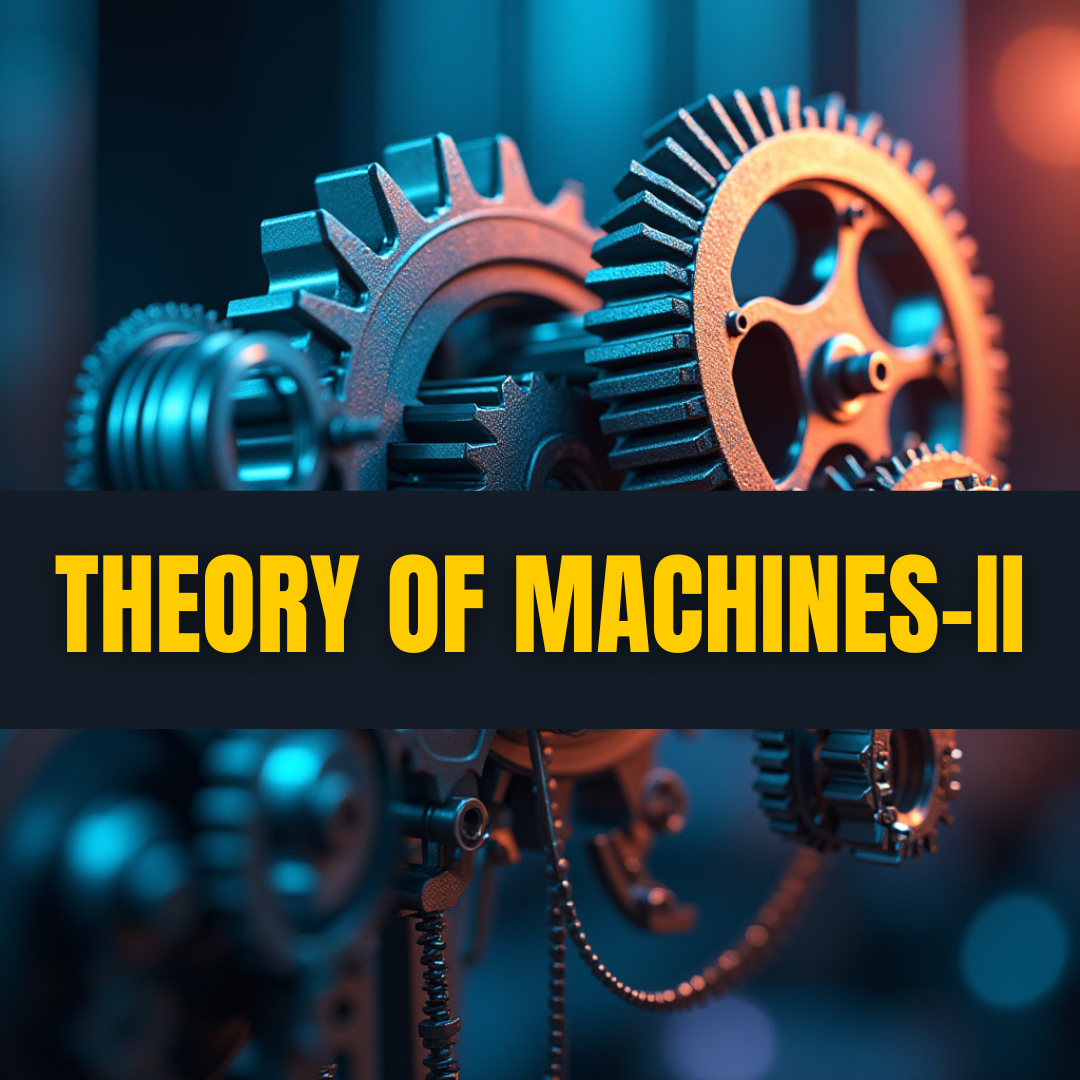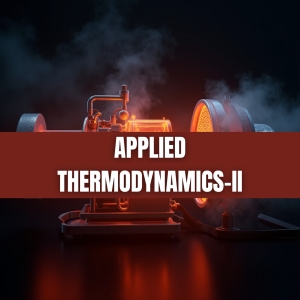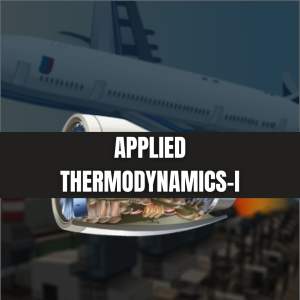Theory of Machines-II
13.98$
About the course
Theory of Machines-II deals with Static and Dynamic Analysis of Mechanisms and their Balancing for Stability during Static and Dynamic State. This analysis is further used for Synthesis of Mechanisms. This subject also deals with Gears and Gear Trains and Gyroscopes and its effect in various Machines like Aeroplanes, Ships, Automobiles etc.
What will you learn?
The complete online syllabus of this course comprises 7 Learning Modules | 130 Topics of Learning | 5.25 Hours of Learning | 32 Assessments
Module
- Static Analysis of Machines
- Dynamic Analysis of Machines
- Dynamic Balancing of Machines
- Analysis of Gear
- Analysis of Gear Trains
- Gyroscopic Motion and Couples
- Kinematic Synthesis of Mechanisms
Topics of Learning:
- Forces acting on Rigid Body
- Moment of Forces
- Couple
- Free Body Diagrams
- Static Equilibrium
- Equilibrium of Two and Three Force Members
- Member with Two Forces and Torque
- Method of Superposition
- Static Force Analysis with Friction
- Virtual Work Principle
- D’Alembert’s Principle
- Equivalent offset Inertia Force
- Dynamic Analysis of Four Link Mechanism
- Dynamic Analysis of Slider Crank Mechanism
- Engine Force Analysis
- Turning Moment on Crank Shaft
- Dynamically Equivalent System
- Inertia of Connecting Rod
- Explain the Analysis of Inertia Forces for Reciprocating Engine
- Derive Expression for Torque in a Four-Bar Linkage
- What is Balancing
- Classification of Balancing
- Static Balancing of Rotating Masses
- Dynamic Balancing of Rotating Masses
- Force Balancing of Linkages
- Primary Balancing of Reciprocating Masses
- Partial Balancing of Reciprocating Masses and its Effects
- Problems on Partial Balancing of Reciprocating Masses
- Variation of Tractive Force
- Problems on Variation of Tractive Force
- Swaying Couple
- Problems on Swaying Couple
- Hammer Blow
- Problems on Hammer Blow
- Balancing Machines
- Introduction to Gears
- Classification of Gears
- Gear Terminology
- Law of Gearing
- Velocity of Sliding
- Involute Profile of Gear Teeth
- Problems on Involute Profile
- Cycloidal Profile of Gear Teeth
- Comparision between Involute & Cycloidal Gears
- Path of Contact
- Arc of Contact
- Problems on Arc of Contact
- Contact Ratio
- Problems on terms related to Gearing
- Interference in Involute Gears
- Causes and Remedy of Interference
- Backlash
- Minimum Number of Teeth on Pinion
- Problems on Minimum Number of Teeth on Pinion
- Minimum Number of Teeth on Gear
- Problems on Minimum Number of Teeth on Gear
- Introduction to Gear Train and its types
- Simple Gear Train
- Compound Gear Train
- Reverted Gear Train
- Planetary or Epicyclic Gear Train and its types
- Calculation Output Speed of an Epicyclic Gear Train
- Torques Analysis in Gear Trains
- Introduction to Gyroscopic Motion
- Angular Velocity and Angular Acceleration
- Gyroscopic Torque or Couple
- Gyroscopic Effect on Aeroplanes
- Problems on Gyroscopic Effect on Aeroplanes
- Gyroscopic Effect on Ships
- Problems on Gyroscopic Effect on Ships
- Stability of Four Wheeled Vehicles moving in a curved Path
- Problems on Four-Wheeled Vehicles in a Curved Path
- Gyroscopic Effect on Two-Wheeled Vehicles
- Problems on Gyroscopic Effect on Two-Wheeled Vehicles
- Gyroscopic Effect on Rigid Disc fixed on Rotating Shaft
- Problems on Gyroscopic Effect on Rigid Disc
- Freudenstein’s Equation
- Synthesis of Mechanisms
- Classifications of Synthesis Problems
- Function Generation, Path Generation and Body Guidance
- Two Position Synthesis of Slider Crank Mechanism
- Three Position Synthesis of Slider Crank Mechanism
- Two Position Synthesis of Crank and Rocker Mechanism
- Two Position Synthesis of Crank Rocker Mechanisms
- Three Point Function Generation
- Define Least Square Techniques
For a quick review, please watch our videos here 




